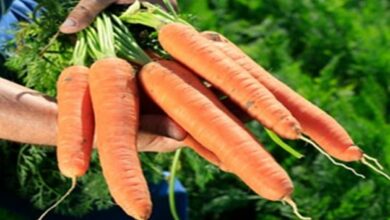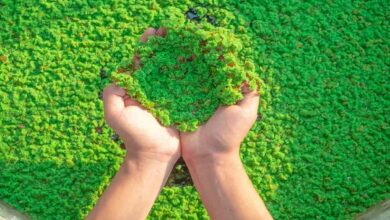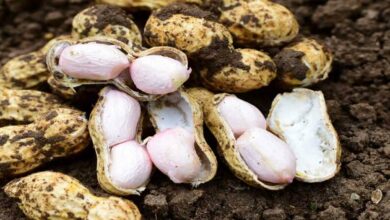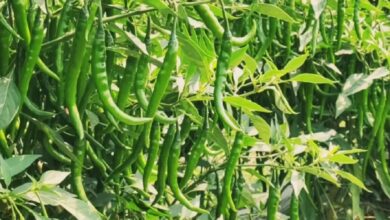Cultivation of Pigeon Pea: Follow these tips to get the best yield from pigeon pea cultivation
Cultivation of Pigeon Peas: Farmers are said to benefit greatly from the cultivation of pigeon peas, one of the nation’s major pulse crops. Pigeon peas are grown by farmers throughout the Kharif season, and the soil that results from their cultivation is particularly beneficial. To have a decent crop yield, farmers need to pay attention to specific elements. Farmers may have a decent crop yield if they carefully handle seeds, fertilizers, and diseases.
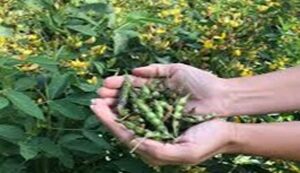
How to Cultivate Pigeon Peas to Produce a Decent Yield
Keep These Things in Mind While Farming
Loamy soil is ideal for growing pigeon peas, and having a drainage system is crucial for maximizing production. Farmers must be very careful to prepare the land before transplanting it. Pigeon pea fields should be plowed thoroughly two or three times when the rainy season begins. Farmers should utilize a soil turning plow for the first plowing and a native plow for the second and third plowings. Farmers should apply around 5 tons of decaying cowdung manure per hectare to their fields in addition to seeding. Farmers should now thoroughly mix this manure into the field’s soil. Let us advise you that the top land is where pigeon peas are grown.
Treatment and Planting Time
Farmers should plant pigeon peas at the appropriate time to ensure high yields. Pigeon peas should be planted by farmers between mid-June and mid-July. It is recommended that you plant 20 kilogram of seeds per acre. Treating the seeds before to planting is crucial because it prevents illness and promotes healthy plant growth. Rhizobium culture is another tool that farmers may use to treat their seeds.
Applying Fertilizer
Farmers must maintain the right quantity of manure in the pigeon pea crop’s field in order to have a decent harvest. When preparing the field, the soil should be combined with 12 kg of urea, 100 kg of DAP, and 40 kg of potash per hectare during the final plowing.
Varieties of Pigeon Pea
Birsa pigeon pea-1, Narendra pigeon pea-1, Narendra pigeon pea-2, ICPL-87119, Malviya-13, Bahar, Lakshmi, and NTL-2 are examples of advanced pigeon pea cultivars.
Control of Diseases and Pests
Pod borer insects are the primary attackers of the pigeon pea crop, resulting in a significant decrease in productivity. You should apply pesticide two or three times to protect the crop from this pest. When applying Indoscarb to a crop for the first time, use 0.5 milliliters per liter of water. Monocrotophos should be used after 15 days, and the second spraying should be done concurrently with the crop’s fruiting stage. In addition, the pigeon pea crop is susceptible to wilt disease, which may be controlled by removing afflicted plants from the field and discarding them.


